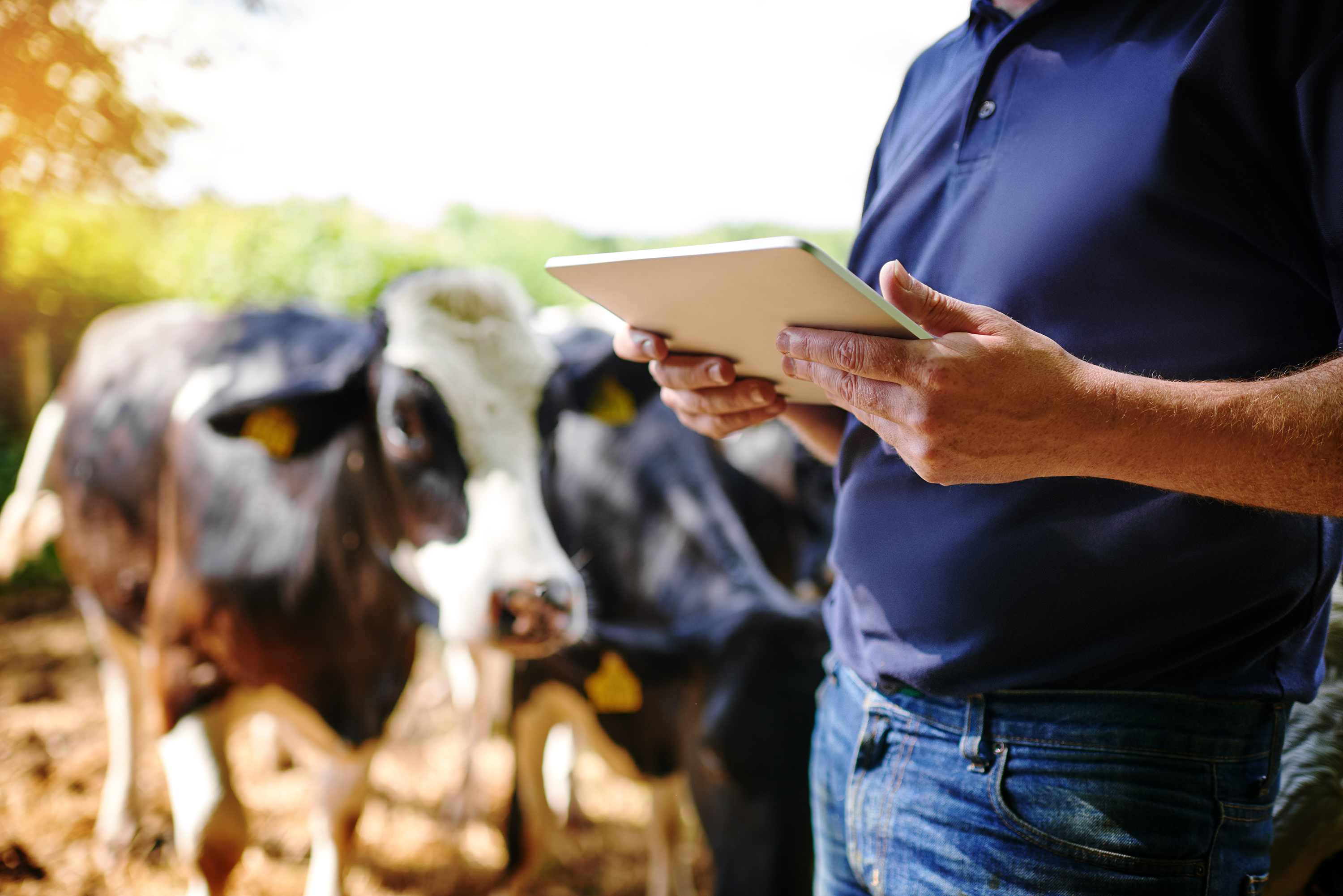If you’ve ever shopped for dairy monitoring technology, you’ve heard about the many benefits for your cows: achieving more-accurate heat detection for greater reproductive efficiency, identifying at-risk cows for earlier interventions, letting cows be cows.
While the cowside benefits of monitoring technology are significant, don’t overlook the human benefits for your employees. These advantages go beyond simple labor savings. Monitoring has the potential to enhance job satisfaction, increase worker retention and create new opportunities for your team. Here’s how.
Less frustration and injury potential
Let’s face it, how fun is it to search for that needle-in-a-haystack cow in a 100-cow pen, separate her from her herdmates and move her into a headlock for treatment? As herd and prey animals, cows’ natural behaviors often lead to frustration for the humans that work with them.
Handling animals every day will never be totally frustration-free, but monitoring systems with sorting gates create a calmer and less-stressful environment for cows and workers. Sorting gates that link to a monitoring system automatically divert cows from the milking parlor return lane into a separate pen for breeding, treatment or other management interventions. Employees can focus on meeting cow needs instead of spending time searching for and sorting animals that need attention.
It’s also important to keep in mind that a 150-pound person is no match for a 1,500-pound mature Holstein cow. When employees sort individual cows manually, there is always risk of being stepped on, knocked down or pushed against the wall. Automatic sorting gates reduce the chances of human injury – as well as injury to the animal – when sorting cows.
Reducing sources of frustration or potential injury naturally leads to greater job satisfaction, motivation and worker retention. The time savings from technology allow workers to focus on more fulfilling animal care tasks that deliver more value to the dairy as well as to the individual.
Advancement opportunities
Herd managers who spend their lifetimes working on dairy farms develop what some call cow sense – a seemingly uncanny ability to spot a cow that’s off her game, often well before anyone else notices. It is difficult, if not impossible, to train someone to have an eye for cows because it is based on years, if not decades, of cattle experience.
Today’s dairy labor force doesn’t always have that innate ability. Oftentimes, new hires have never worked on a dairy before. With monitoring reports at their fingertips, employees can accurately identify cows needing attention and take appropriate action with each cow. This tool quickly helps build confidence in employees, motivates employees to continue improving their skills and opens doors to opportunities with greater responsibility in different parts of the dairy.
It is not only new hires who appreciate cow monitoring systems. I work with a young second-generation owner at a dairy farm in the upper Midwest who wasn’t directly involved with the cows until taking over the dairy a few years ago. Monitoring fills that knowledge gap and builds confidence that the right cows get the right attention at the right time.
Even for experienced workers, activity monitoring often helps identify at-risk cows before symptoms such as droopy ears or higher temperatures are apparent.
Monitoring will never replace a person’s cow sense but rather will enhance it. And cows that are identified as at-risk by the monitoring system still require proper disease diagnosis by a veterinarian or trained herd manager. Accurate and trustworthy monitoring technology tools present a great opportunity for worker development and advancement – with or without a lifetime of cow sense.
Teachable moments
Anyone involved with training knows that learning is most effective when workers know the why and not just the how of tasks around the dairy. Consistency and objective task handling are critical in dairy herd management.
Cow monitoring data and reports can help reinforce worker training with real-world examples of why it is important to follow protocols and procedures to the letter. It can be beneficial to show an employee the negative effects on a cow when there is protocol drift in health treatment protocols or other daily management tasks.
For example, rumination data can demonstrate to the feeding crew how delays in delivering feed can affect cows, driving home the importance of consistent feed delivery schedules. By reviewing this data, the feeding crew can see the effects on cows and their rumination when they don’t adhere to feeding protocols and/or make mistakes in mixing feed ingredients.
Monitoring data also can present very positive teachable moments by showing how proper compliance leads to the results you want. It is possible to use monitoring data to establish benchmarks, and potentially a rewards system, tied to continuous improvement in cow care.
In summary, technology helps make life easier for employees and better for cows. With labor at a premium, it makes sense to create a positive work environment where accountability, confidence and trust are a given so your employees want to come to work and can focus on doing the best job possible with every cow, every day.







